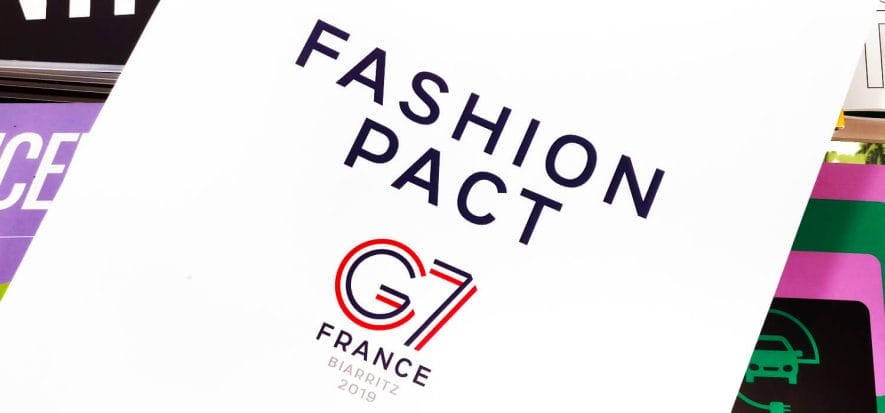Climate, biodiversity, oceans. These are the three objectives chosen by the 32 signees of the Fashion Pact, the joint agreement and action plan that will lead fashion towards sustainability (the official full document can be downloaded here). The document, presented during the Biarritz’s G7 meeting (August 24th-26th), was crafted mainly by François-Henry Pinault, Kering’s CEO, called for the creation of the “coalition of top managers of the fashion industry for the benefit of the environment”, which was also pushed by the current French president, Mr. Macron.
The signees
The stated objective of the Fashion Pact is to be able to represent at least 20% of the global industry, collection memberships all across the chain and segments (from luxury to mass market), as well as other players (such as brands, retailers, suppliers and manufacturers). Among the 32 players that have already signed the document are Italian exponents of the luxury segment (Salvatore Ferragamo, Prada, Armani and Moncler), international groups and brands (Tapestry, Chanel and, of course, Kering), sportwear players (such as Nike and Adidas) and large retailers (as Carrefour and Galeries Lafayette).
The abc
The Fashion Pact states, based on the Science-Based Target initiative, an abc of priorities, where the first letter stands for climate, the second related to biodiversity and the third is for oceans. The main objective, though, is for the big players of the fashion industry to avoid global warming thanks to an action plan that, by 2050, will bring emissions to zero, protect the biodiversity of natural habitats, and lastly, protect the oceans with initiatives such as the reduction of single-use plastic.
The methodology
Identify the biggest challenges, “given that they are concrete”, and to have a “visionary, yet practical approach”. These directives are what drive the promoters of the Fashion Pact throughout a framework of initiatives that operators at all levels can undertake as individuals or groups. A great deal of attention, in fact, has been placed towards environmental and social sustainability during the gathering of raw materials, including leather, with a focus on farming and livestock-farming practices. The Fashion Pact, which was created following the Sustainable Development Goals of the United Nations, acts to sustain the development of practices that certify raw material, the traceability of processes and materials and the improvement of animal welfare.










